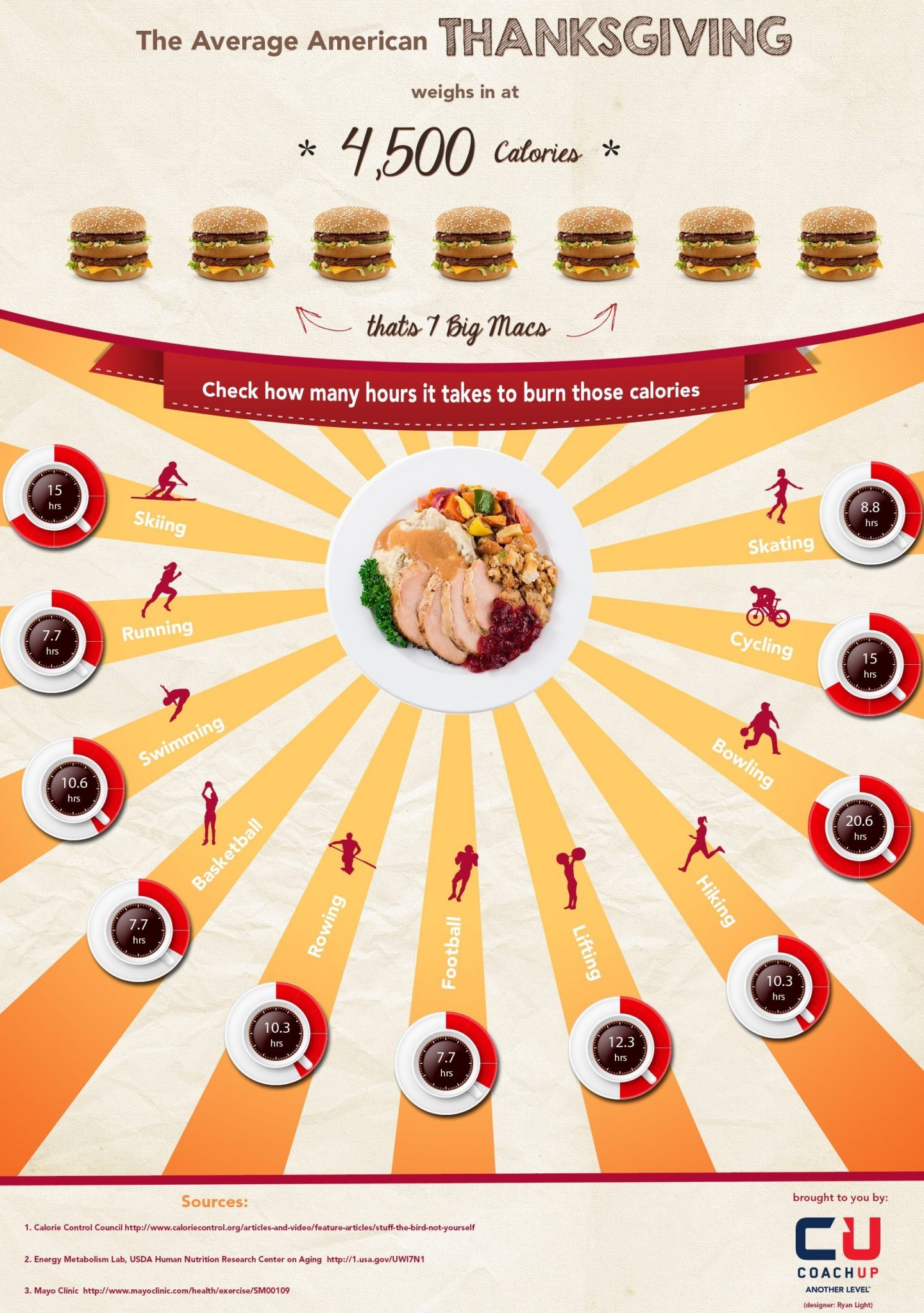The Science Behind Successful Weight Reduction Programs: What You Need To Know
The Science Behind Successful Weight Reduction Programs: What You Need To Know
Blog Article
Post Composed By-Clausen Whitney
Weight reduction is a topic that has garnered substantial interest recently, with countless programs and techniques declaring to offer the supreme service. Nonetheless, among the noise and complication, it is crucial to recognize the scientific research behind effective weight-loss programs.
This short article intends to give an extensive summary of the key principles that underpin reliable weight loss methods. It will delve into the duty of calories in weight management, disprove usual misconceptions surrounding weight management, and emphasize the relevance of lasting way of life adjustments.
By obtaining https://mensweightlossnutritionac64208.laowaiblog.com/31531839/introducing-the-scientific-research-behind-weight-management-drugs of the scientific foundations of weight reduction, readers will certainly be geared up with the expertise needed to make informed decisions regarding their own weight loss journey.
The Role of Calories in Weight Loss
The duty of calories in weight-loss can be recognized through a detailed understanding of power equilibrium and the value of creating a calorie deficiency.
When weight loss prescription watertown sd involves fat burning, the basic concept is that in order to lose pounds, you need to eat less calories than you shed. This creates a calorie deficit, which requires the body to take advantage of its fat shops for power.
Calories are systems of power that are found in the food we consume, and they supply the gas required for the body to function. By eating weight management doctors than your body requirements, you force it to make use of kept fat as an energy source, eventually bring about weight loss.
As a result, monitoring and managing calorie intake is an essential facet of any type of efficient weight loss program.
Debunking Common Fat Burning Misconceptions
False impressions concerning weight loss often lead individuals to make inefficient selections when it pertains to their diet plan and workout regimens. It is necessary to disprove these usual weight loss myths in order to supply accurate information and aid individuals make informed choices.
Below are some common myths that need to be resolved:
- Misconception 1: Crash diets are the best way to drop weight rapidly.
- Myth 2: Eliminating entire food teams is required for weight loss.
- Myth 3: Cardio is the only type of exercise that assists in weight management.
- Misconception 4: Supplements and fat heaters are the secret to losing extra pounds.
The Relevance of Sustainable Way Of Living Adjustments
Lasting way of living changes are crucial for long-lasting weight management success, as they need regular and disciplined efforts. While quick-fix diet regimens might use short-term outcomes, preserving weight reduction needs a shift in practices and actions that can be sustained over time.
Adopting where to get semaglutide near me balanced and nutritious diet regimen, increasing exercise, and managing stress levels are all key elements of lasting lifestyle modifications. It is essential to concentrate on making steady and realistic adjustments to one's everyday routine, rather than depending on severe steps or limiting diet regimens.
Final thought
In conclusion, effective fat burning programs count on understanding the role of calories, exposing typical misconceptions, and executing sustainable way of life modifications.
Just as a well-balanced range stands for the importance of calorie balance, disproving myths functions as a magnifying glass, revealing the fact behind weight-loss.
Finally, sustainable way of living modifications function as a compass, directing people towards long-term success and a much healthier future.
By welcoming these principles, people can open the secret to achieving their weight reduction objectives.
